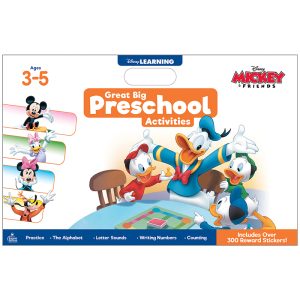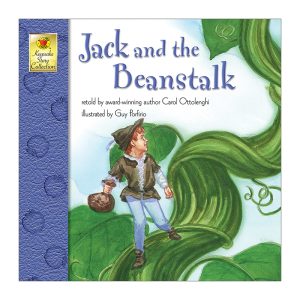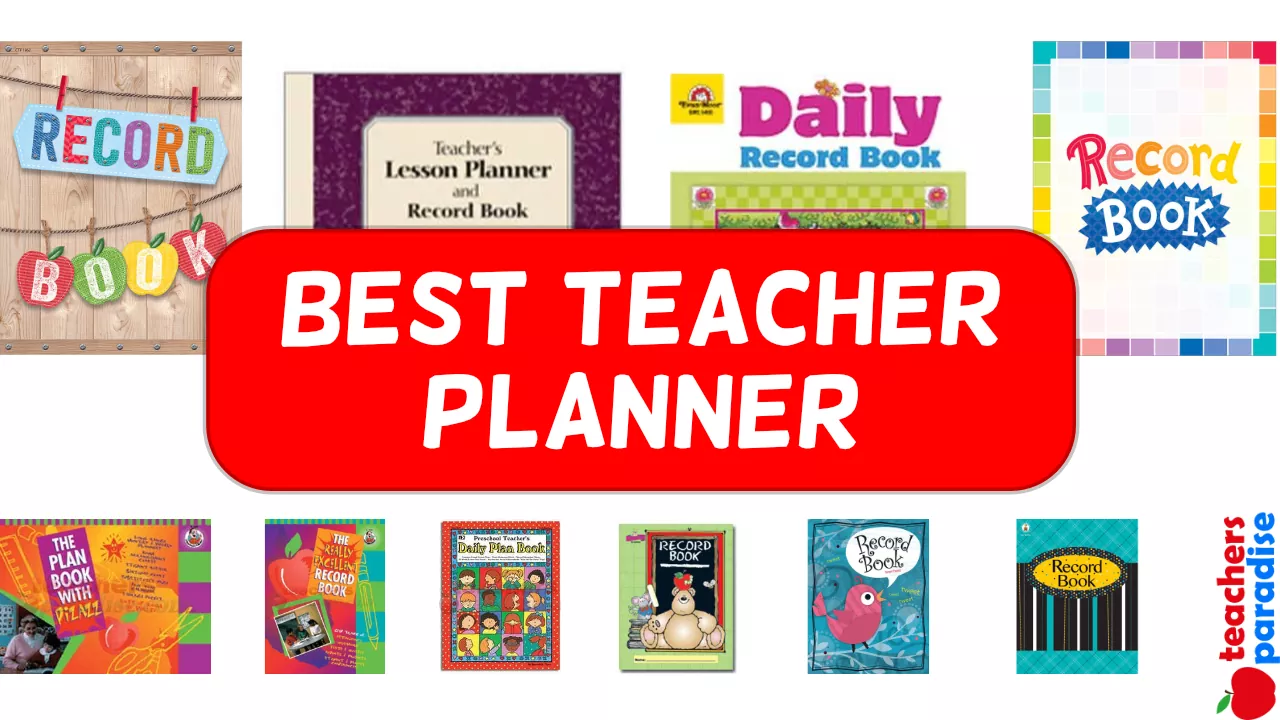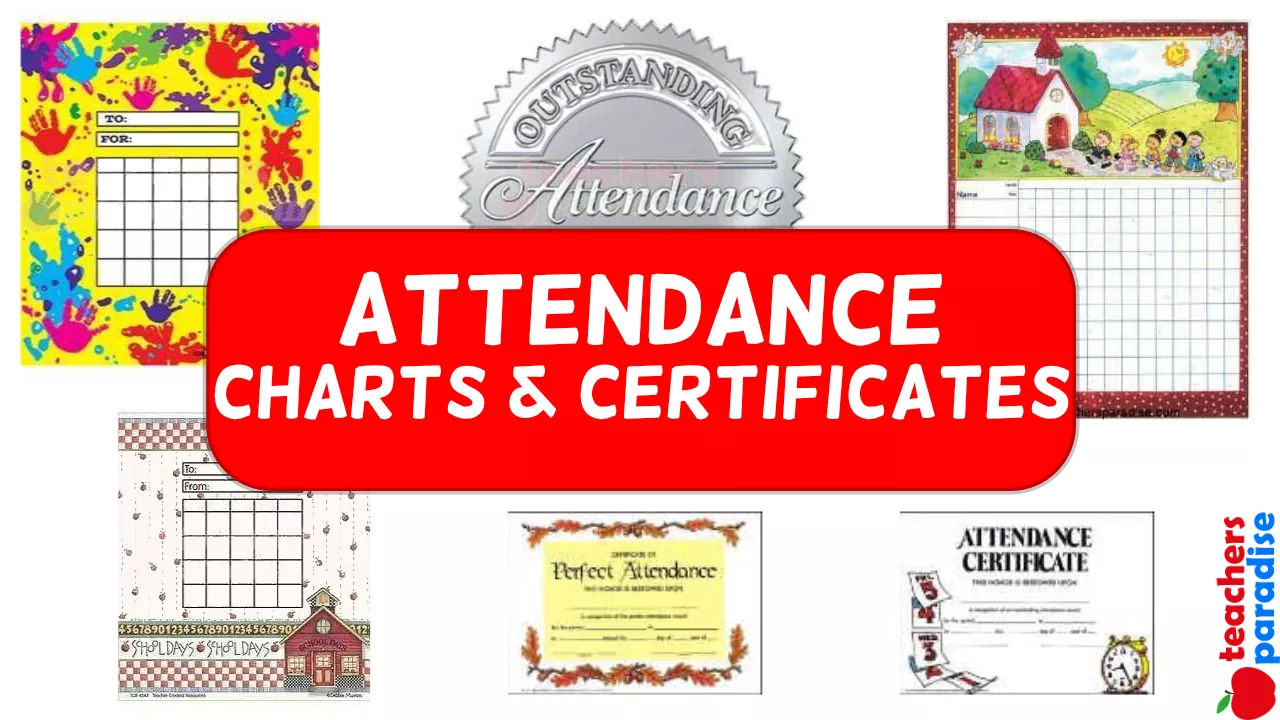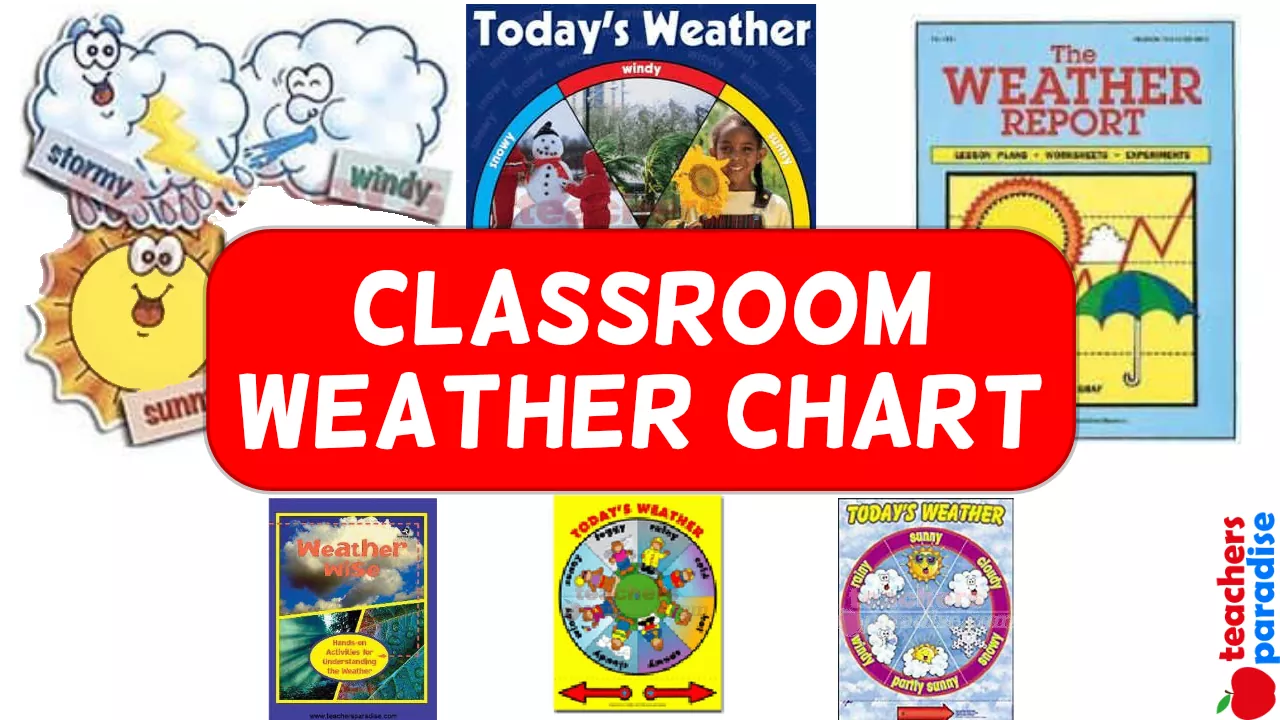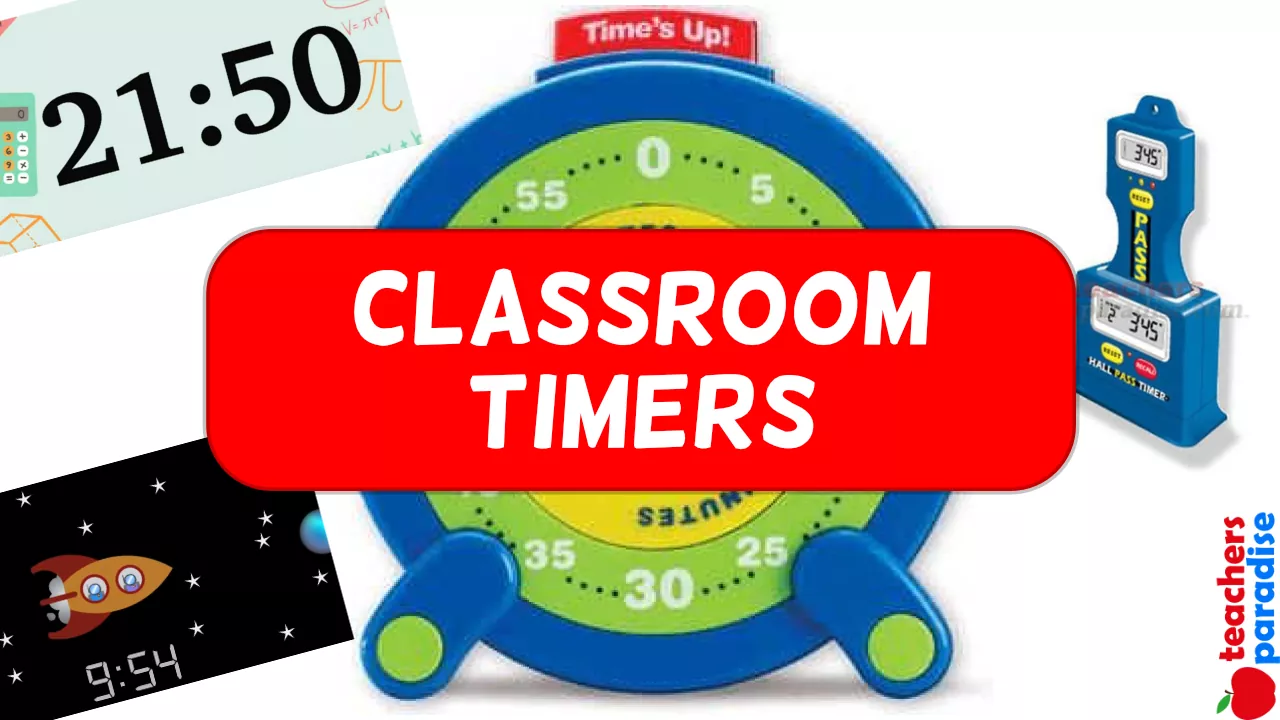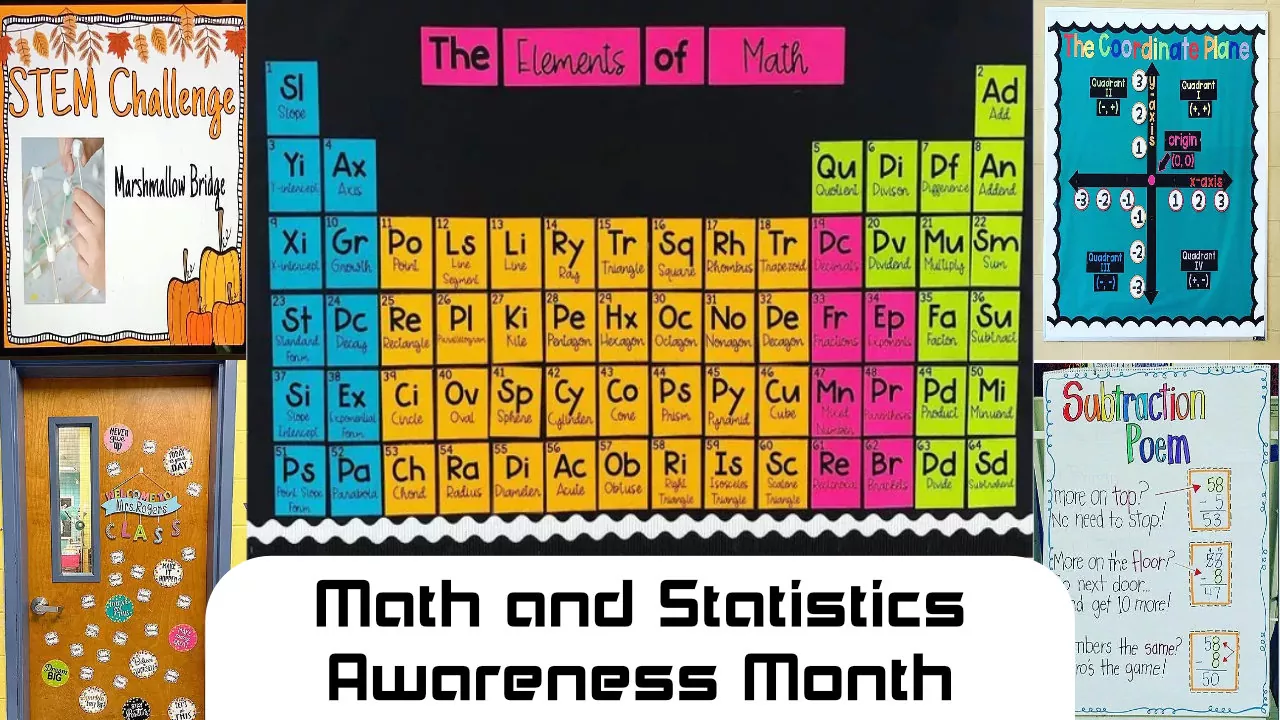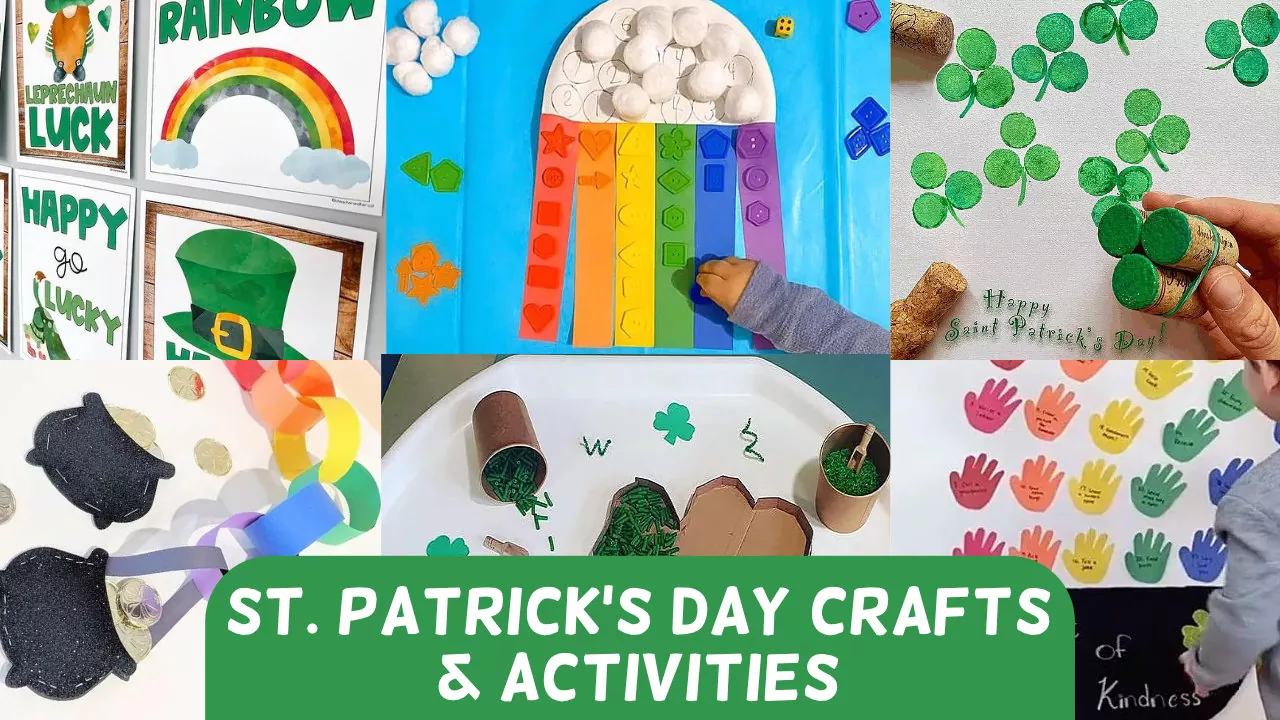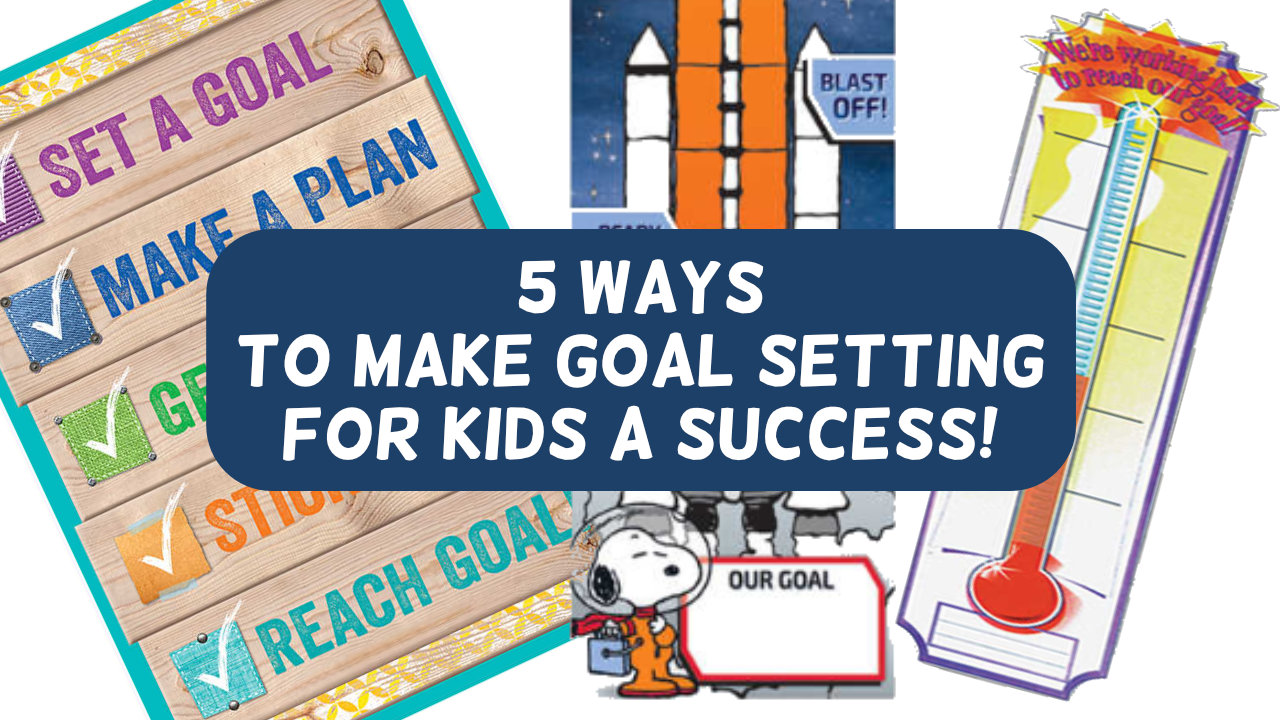Crafty Kids Music Makers & Toys
Using This Book
● After choosing a craft, check the list marked “What you’ll need.” These items are the art supplies and tools you will need to make the craft. Some materials are listed as “optional.” That means that you can use them, but you do not need them for the craft. You might base your decision on whether you want a certain look or whether that item is readily available.
● The next thing you should do is read all the directions before you start the craft. You should also read the “Suggestion(s),” which might involve different tools or materials.
● Then, collect the materials and follow “Here’s how” to make the craft.
More from Carson Dellosa
WORKSHEET & Sample PDF Activity
Sample PDF Activity
Improving Cutting Skills
Some children who are still learning how to use scissors cannot seem to cut on the lines no matter how hard they try. This problem can often be fixed in a fun way. Check to see “who is in the driver’s seat”; that is, check for correct finger placement. Correct finger placement involves the use of the thumb and the middle finger, not the index finger. The middle finger has more strength and maintains better control.
If the opening in the handle is large enough, both the index and middle fingers can be inserted. However, the index finger is only “going along for the ride.” The thumb and the middle finger do all the work (driving).
If your child’s fingers are too large for the scissors, he/she may need to readjust the grip and eliminate the use of the index finger when cutting. Be ready to do any cutting for your child as needed. A younger child especially may need supervision. Don’t let him/her get discouraged if you need to take over. Continue to provide your child with opportunities to practice cutting.
Painting Tips
Watercolor paints, the kind in a plastic, boxed palette, are used most often in this book. When tempera paint is used, you will find liquid tempera more convenient and easier to measure than the powdered form.
Some activities call for paint dishes. Pie pans or foam trays work well for these activities. However, it is recommended that you use clean foam trays from supermarket-packaged baked goods, fruits, or vegetables, because meat and poultry trays are difficult to disinfect. You can also mix paint in an ice cube tray or muffin tin.
Have you ever heard a marching band? Or a symphony? How about someone humming a tune? Well, those are all examples of music, and they are also examples of art.
This section has some great music and instrument-making projects. Use the finished instruments to play as you listen to music. Get some friends together and make your own band! Or make up your own music as you go along.
The instruments in this section are made to be shaken, strummed, and tapped. You can even hum or blow into some of the instruments to make different kinds of sounds! You can make kazoos, drums, tambourines, shakers, and more. You don’t have to follow the instructions exactly—use your imagination and make your own variations. Who knows? You may invent an instrument that you can name after yourself!
Table of Contents
Music Makers
Homemade Kazoo . . . . . . .6-7
Kid-Size Drum . . . . . . . . . .8-9
Tambourine . . . . . . . . . .10-11
Shakers . . . . . . . . . . . . . .12-13
Box Guitar . . . . . . . . . . .14-15
Musical Glasses . . . . . . . .16-17
Rhythm Sticks . . . . . . . . . . .18
Homemade Toys
Ball & Cup Game . . . . . .20-21
Teddy Bear . . . . . . . . . . .22-23
Teddy’s Train . . . . . . . . . .24-25
Bubbles . . . . . . . . . . . . .26-27
Me Doll . . . . . . . . . . . . .28-29
Clothespin Critters . . . . .30-31
Box Castle . . . . . . . . . . .32-33
Floating Boat . . . . . . . . .34-35
Travel Tic-Tac-Toe . . . . .36-37
Elephant . . . . . . . . . . . .38-39
Sun, Moon, & Stars Mobile . . . . . . . . . .40-41
Paper Plate Parade . . . . .42-45
Creepy Crawler . . . . . . .46-48

